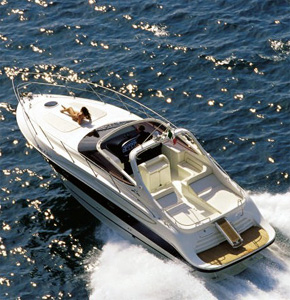About Croatia
At this point, Croatia has already established itself as a new hit destination. Every year millions of tourists from all over the world come here to enjoy various types of holiday. It is not merely a destination that offers clean sea and warm weather, but it has been recognized as one of the best sailing grounds in the world. It is also known for unique and preserved nature, and many protected monuments from its millenniums long history. Many of these are protected by UNESCO which states of their importance.
Croatia is also being recognized more and more for its cultural and entertainment offer, as well as a growing enological destination.
There are so many reasons why you should visit Croatia – warm Mediterranean climate, clean sea, unspoiled nature, rich history, great cultural and entertainment programs, tradition, lifestyle and much, much more. It truly is the Mediterranean as it once was.
GENERAL INFORMATION:
Geographical position: At the connection of the Pannonia and Mediterranean, in the SE Europe.Croatia extends from the furthest eastern edges of the Alps in the north-west to the Pannonian lowlands and the banks of the Danube in the east; its central region is covered by the Dinara mountain range, and its southern parts extend to the coast of the Adriatic Sea.
Surface: The mainland covers 56,594 km2; surface area of territorial waters totals 31,067 km2
Population: 4,437,460 inhabitants; composition of population: the majority of the population are Croats; national minorities are Serbs, Slovenes, Hungarians, Bosnians, Italians, Czechs and others.
System of government: Multi-party parliamentary republic.
Capital: Zagreb, the economic, traffic, cultural and academic centre of the country.
Coastline: 5,835.3 km, of which 4,058 km comprise the coastlines of islands, solitary rocks and reefs. Number of islands, solitary rocks and reefs: 1,185; the largest islands are Cres and Krk; there are 47 inhabited islands.
Highest peak: Dinara: 1,831 m above sea level.
Currency: Kuna (1 kuna = 100 lipa). Foreign currency can be exchanged in banks, exchange offices, post offices, travel agencies, hotels, camps, marinas; cheques can be cashed in banks.
Croatian kuna (HRK or KN); 1 EUR = about 7,2 kn, 1 USD = about 5 kn
National Parks: island Mljet, Krka waterfalls, Kornati Islands, Plitvice Lakes, North Velebit Mountain, Paklenica, mountain Risnjak, Brijuni Islands.
UNESCO Heritage: old town core of Dubrovnik, Diocletian’s Palace in Split, Stari Grad Plain on island Hvar, old town core of Trogir, the Cathedral in Šibenik, Euphrasy’s Basilica in Poreč.
Climate: At the coast we have typical Mediterranean climate with mild and rainy winters and warm, sunny summers. The weather is great for sailing from April to October, and this is the period when we there are most tourists. In the inland is mostly continental climate with snow in the winter.
Weather: Weather forecasts are made by the State Hydrometeorological Institute, and they can be heard on VHF frequencies of coastal radio stations and harbor master's offices. They are also broadcast on FM stations or at the end of the news or within broadcasts for seamen. Harbor master's offices constantly send weather reports and warnings on their VHF operating channels, in four languages. It is possible to get forecasts with the presentation of the synoptical situation in all the marinas and harbor offices.



